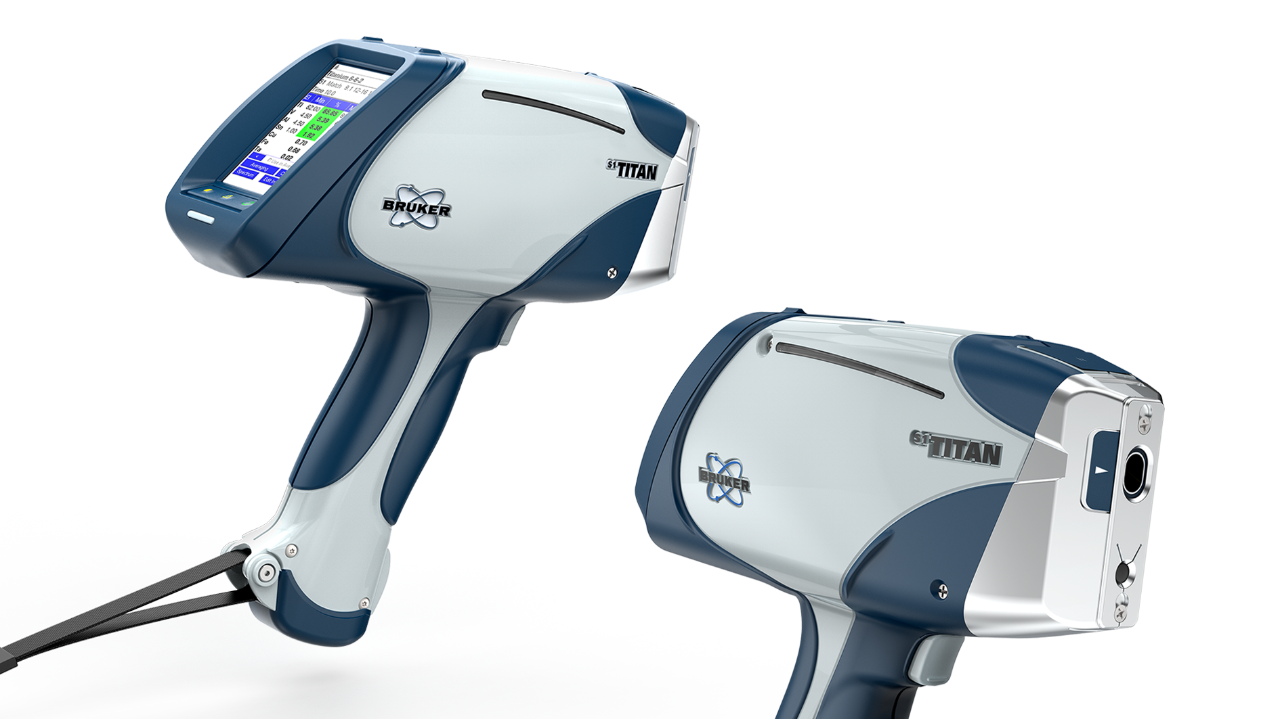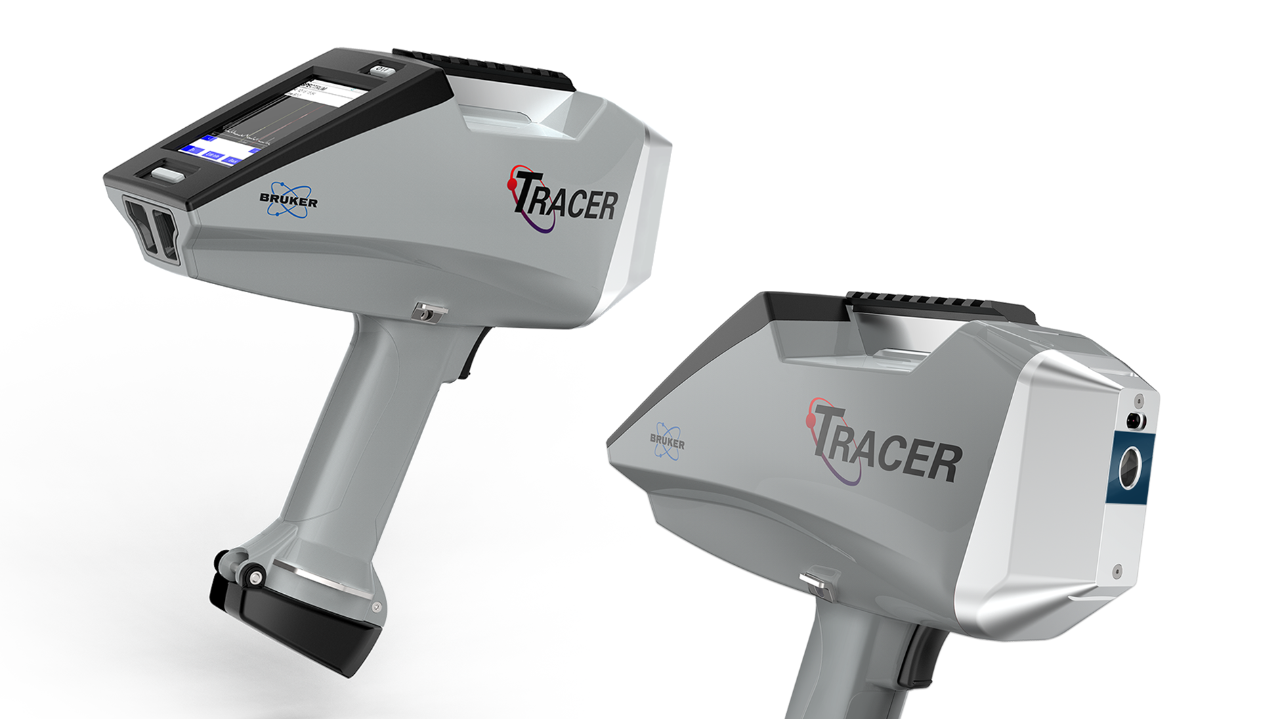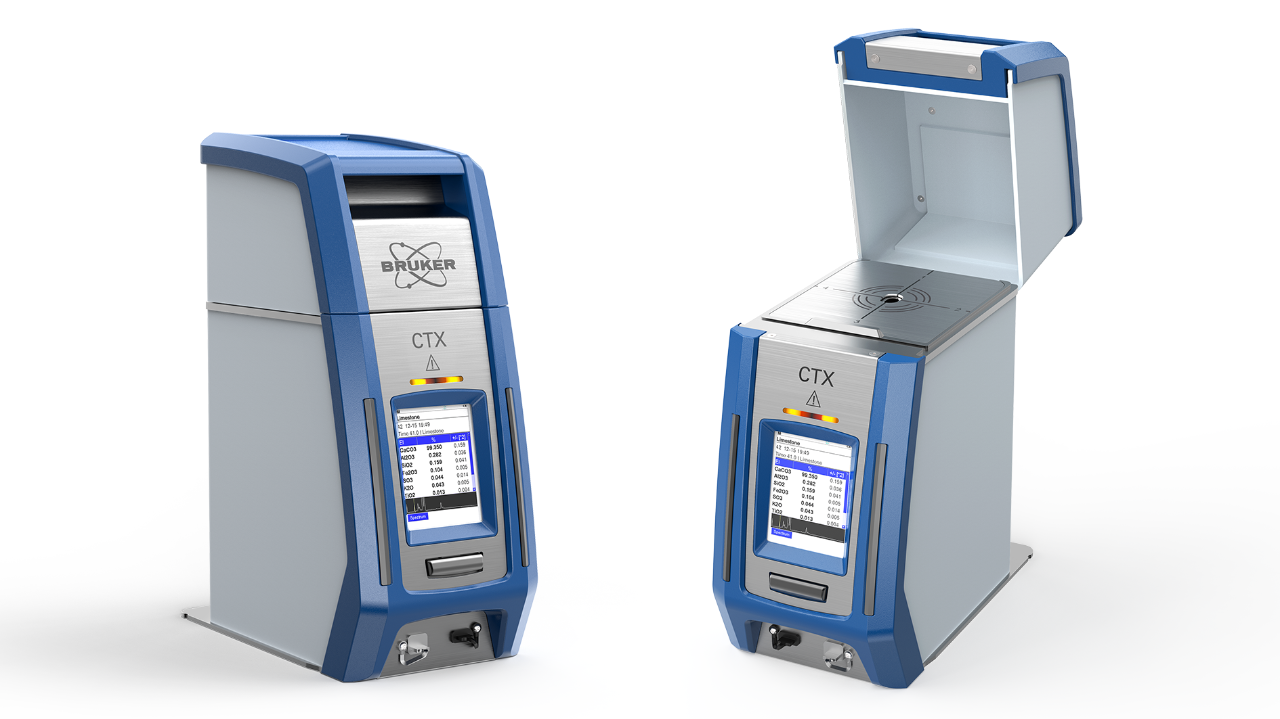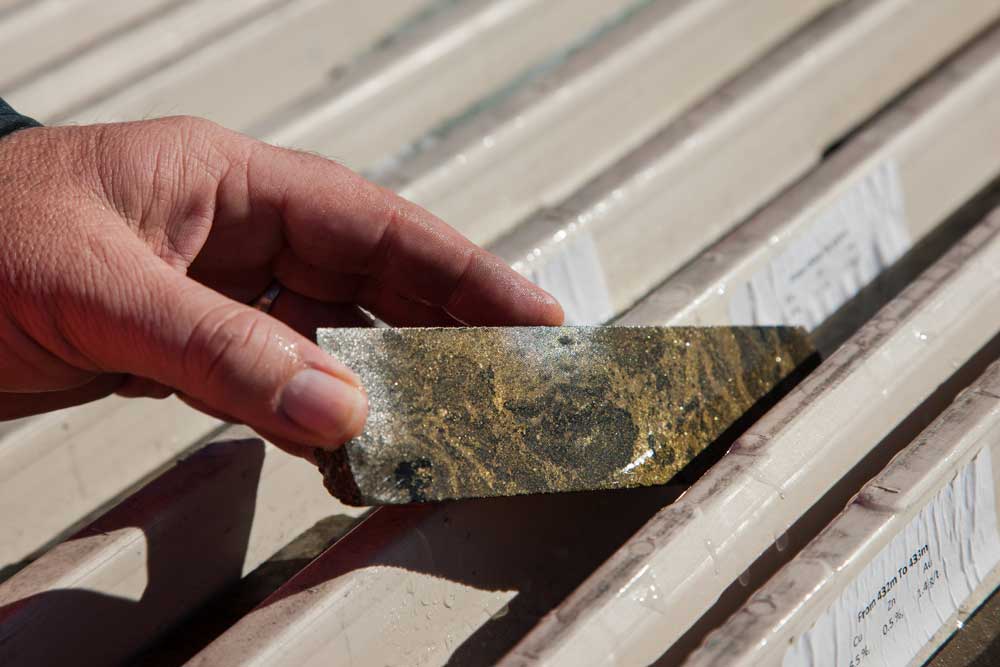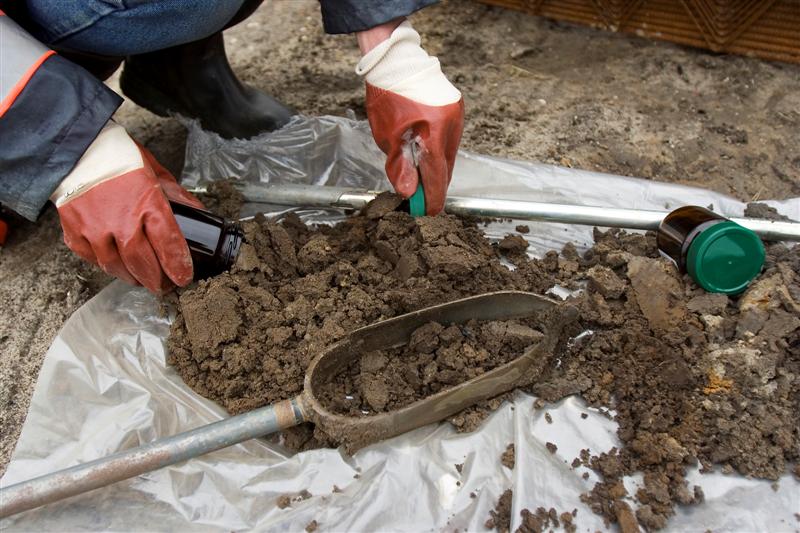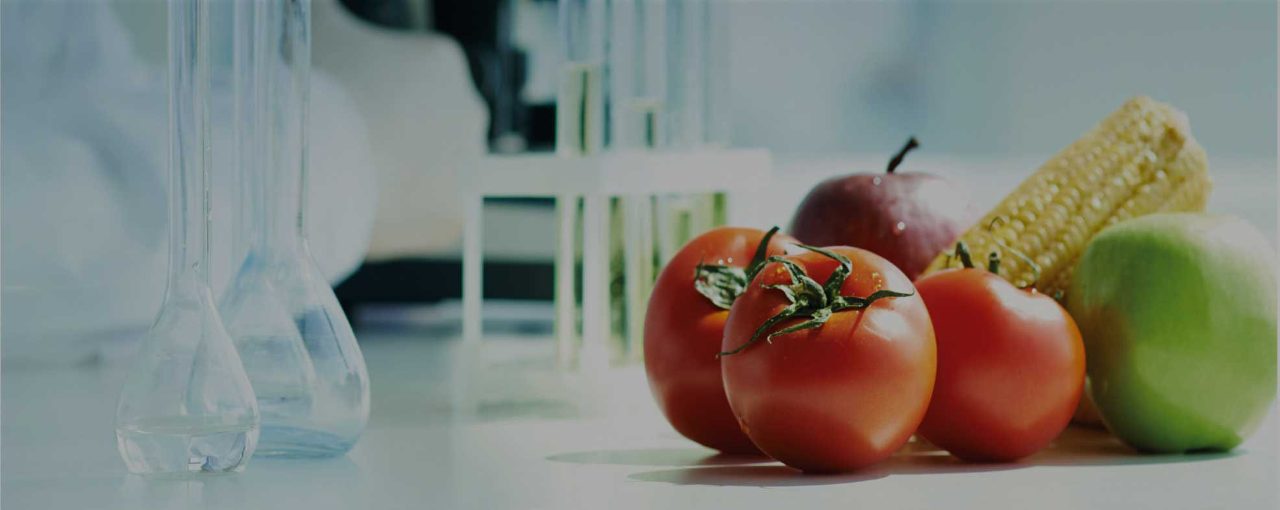Handheld/Mobile/Portable XRF Spectrometers
Handheld / portable X-ray fluorescent (XRF) analyzers have the capability to non-destructively quantify or qualify nearly any element from Magnesium to Uranium, depending on the instrument configuration.
How Handheld XRF Works: A Step-by-Step Guide
XRF is an acronym for x-ray fluorescence, a process whereby electrons are displaced from their atomic orbital positions, releasing a burst of energy that is characteristic of a specific element. This release of energy is then registered by the detector in the XRF instrument, which in turn categorizes the energies by element.
Find out more by reading our guide to the science behind handheld XRF.
